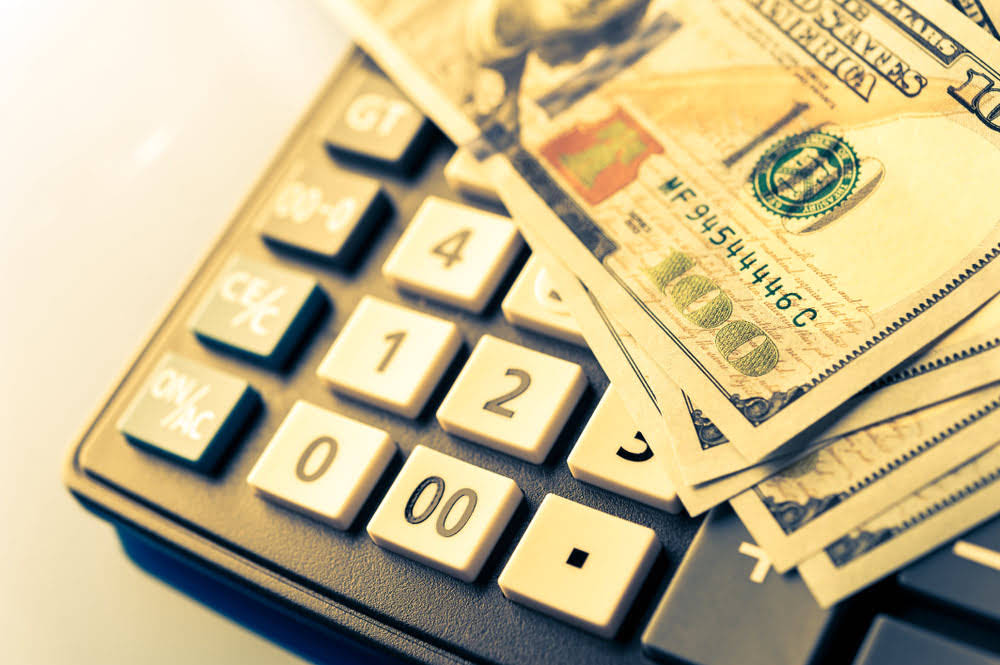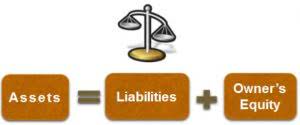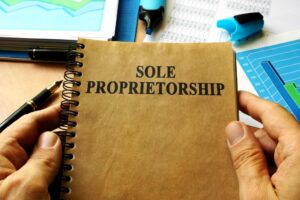
When creating your budget each year, you might cut costs by reevaluating your period expenses. For example, if you alter insurance premiums or even switch to a firm with lower premiums, the price difference must be reported. Reassessing your period costs may assist you in identifying areas where you can save money. To rapidly determine whether a cost is a period cost or a product cost, ask yourself, “Is the expense directly or indirectly tied to the manufacturing of products?
Financial Statement Disclosure

Selling costs, overhead costs, advertising costs, and so on are examples of these costs. Administrative expenses are non-manufacturing costs that include the costs of top administrative functions and various staff departments such as accounting, data processing, and personnel. Executive salaries, clerical salaries, office expenses, office rent, donations, research and development costs, and legal costs are administrative costs. In a manufacturing company, overhead is generally called manufacturing overhead. (You may also see other names for manufacturing overhead, such as factory overhead, factory indirect costs, or factory burden).
- In addition to categorizing costs as manufacturing and nonmanufacturing, they can also be categorized as either product costs or period costs.
- Selling expenses are costs incurred to obtain customer orders and get the finished product in the customers’ possession.
- Overhead or sales, general, and administrative (SG&A) costs are considered period costs.
- Period costs are costs that are not involved directly in the manufacturing process of inventories.
- However, it may pay off in the long run if they deliver high-quality code.
LogRocket generates product insights that lead to meaningful action
Without a project plan or product roadmap, it’s hard to make sure all stakeholders and teams are on the same page. Evaluating your expenses can help you determine whether you’re getting the most value out of them or need to consider alternatives. By aiming to create a useful product with minimal features, you can avoid spending too much time and money on features that may or may not resonate with your target market. A bit harder to calculate, time is a crucial factor to consider nevertheless. The software development lifecycle is time-consuming, and you may face obstacles that could lengthen your timeline.
- Regardless, all period costs, whether fixed or semi-variable, are considered expenses and will be reported on your income statement.
- The cash may actually be spent on an item that will be incurred later, like insurance.
- Ask yourself whether each cost incurred is a period cost, and place a checkmark next to each one.
- The costs of delivery and storage of finished goods are selling costs because they are incurred after production has been completed.
- Out of these 500 units manufactured, the company sells only 300 units during the year 2022 and 200 unsold units remain in ending inventory.
- Ask a question about your financial situation providing as much detail as possible.
#2. Incorporate your period costs into your income statement.
Other companies include fringe benefit costs in overhead if they can be traced to the product only with great difficulty and effort. Now that we have taken a bird’s eye view of the matching principal, let’s look into the meanings of and difference between product costs and period costs. In other words, manufacturers incur product costs to produce inventories. Therefore, the cost of inventories (Cost of Goods Sold, or COGS) is the same as product costs. Since inventories are recorded as assets for the manufacturers, product costs are recorded on the balance sheet in the assets section under inventories.
- Accountants treat all selling and administrative expenses as period costs for external financial reporting.
- The fixed cost per unit of production will fluctuate inversely with output level variations.
- Service companies use service overhead, and construction companies use construction overhead.
- In the case of manufacturers, it is any cost incurred to produce the products to be able to sell them.
- Thus, it is always better to use business logic to identify them by tracing them back to figure out whether they are tied to the manufacturing process of inventories or not.
Period Cost vs Product Expense
However, other labor, such as secretarial or janitorial staff, would instead be period costs. To illustrate, assume a company pays its sales manager a fixed salary. Firms account for some labor costs (for example, wages of materials handlers, custodial workers, and supervisors) as indirect labor because the expense of tracing these costs to products would be too great. Indirect labor consists of the cost of labor that cannot, or will not for practical reasons, be traced to the products being manufactured. Direct labor costs include the labor costs of all employees actually working on materials to convert them into finished goods.
Product vs. period costs: What’s the difference?
- The Ascent, a Motley Fool service, does not cover all offers on the market.
- Both of these types of expenses are considered period costs because they are related to the services consumed over the period in question.
- Product cost plays a crucial role in determining the pricing strategy and overall profitability of a product or service.
- The best way to calculate total period costs is to use your income statement as a checklist.
- Other examples of period costs include marketing expenses, rent (not directly tied to a production facility), office depreciation, and indirect labor.
- In addition to indirect materials and indirect labor, manufacturing overhead includes depreciation and maintenance on machines and factory utility costs.
Period costs are not assigned to one particular product or the cost of inventory like product costs. Therefore, period costs are listed as an expense in the accounting period in which they occurred. When period costs are expensed, they appear on your income statement and diminish your net income.
Considerations in Production Costs Calculations
However, you’ll still have to pay the rent on the building, pay your insurance and property taxes, and pay salespeople that sell the products currently in inventory. These costs include items that are not related directly to the primary function of a business, such as paying utility bills or filing legal suits. If that reporting period is over a fiscal quarter, then the period cost would also be three months. If the accounting period were instead a year, the period cost would encompass 12 months. Period costs and product costs are two categories of costs for a company that are incurred in producing and selling their product or service.
What are product costs?

Every cost incurred by a business can be classified as either a period cost or a product cost. A product cost is incurred during the manufacture of a product, while a period cost is usually incurred over a period of time, irrespective of any manufacturing activity. A product cost is initially recorded as inventory, which is stated on the balance sheet. Once the inventory is sold or otherwise disposed of, it is charged to the cost of goods sold on the income statement. A period cost is charged to expense on the income statement as soon as it is incurred. Selling expenses are costs incurred to obtain customer orders and get the finished product in the customers’ possession.


The cost of 300 units would be transferred to cost of goods sold during the year 2022 which would appear on the income statement of 2022. The remaining inventory of 200 units would not be transferred to cost of good sold in 2022 but would be listed as current asset in the company’s year-end balance sheet. These unsold units would continue to be treated as asset until they are sold in a following year and their cost transferred from inventory account to cost of goods sold account. They are identified with measured time intervals and not with goods or services.
In general, fixed costs include fixed production overhead and administrative overhead. The fixed cost per unit of production will fluctuate inversely with output level variations. However, because product costs such as office expenses, administration expenses, marketing expenses, rent, and so on cannot be connected to the cost of goods sold, they are charged to the expense account. how to find period costs Period costs are the costs incurred by a corporation to create items or deliver services that cannot be capitalized into prepaid expenses, inventories, or fixed assets. Many employees receive fringe benefits paid for by employers, such as payroll taxes, pension costs, and paid vacations. These fringe benefit costs can significantly increase the direct labor hourly wage rate.